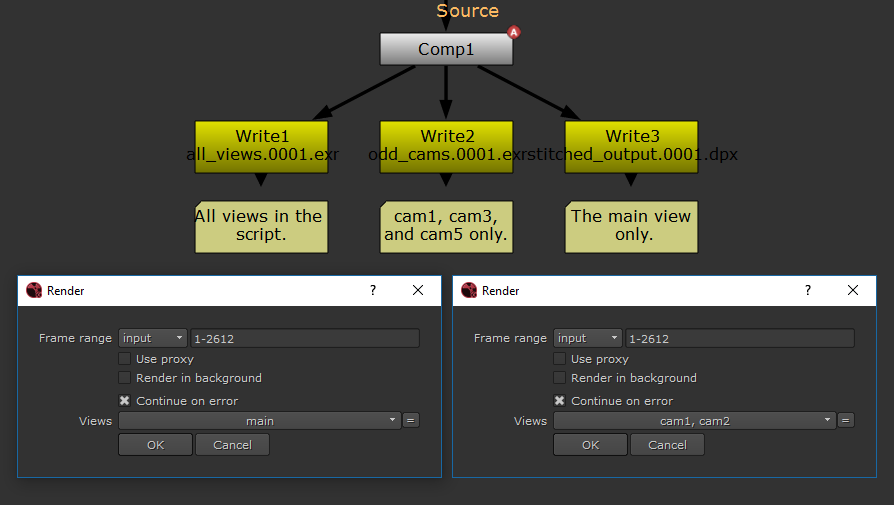

The thermal transport properties of ion-damaged layers, however, are as yet largely unexplored due to a lack of suitable experimental techniques. Helium-ion implantation is an efficient tool to study this interaction 15 and great effort has been invested into the development of micro-mechanics approaches able to quantify the mechanical properties of micron-thin ion-implanted layers 16, 17, 18. At elevated temperatures helium migrates from surfaces into the bulk and strongly interacts with irradiation induced defects 11, binding to vacancies 12, 13 and supressing their recombination with self-interstitial atoms (SIAs) 14. A damage level of 0.6 displacements per atom (dpa), which would be reached in 3 months in DEMO 6, caused a reduction of room temperature thermal conductivity by 25% 10.Īn interesting role is played by helium, which is formed by transmutation 6 and is also implanted from the plasma into the tungsten matrix. As a proxy, thermal transport in fission neutron irradiated tungsten has been considered 9, 10. Quantifying the effects of fusion neutron cascade damage on thermal conductivity is more difficult. A W-5%Re alloy has less than half the room temperature thermal diffusivity of pure tungsten 7, 8.

Calculations indicate that after 5 years of operation, initially pure tungsten (W) in a DEMO divertor would contain up to 4 atomic % rhenium (Re) 6.

A significant degradation of thermal conductivity could result in excessive temperatures with potentially disastrous consequences for fusion armour integrity 5.Įxposure of fusion armour to 14.1 MeV neutrons leads to cascade damage and transmutation alloying. High thermal conductivity is one of the main material selection criteria 4. In a demonstration (DEMO) reactor they will be exposed to high temperatures (~1500 K), irradiation with 14.1 MeV fusion neutrons and a large flux of energetic ions (up to 15 MWm −2) 2, 3. Tungsten-based alloys are the main candidates for plasma-facing components in future magnetic confinement fusion reactors 1.

A major hurdle to its commercial development is the availability of sufficiently resilient materials. Nuclear fusion is an ideal sustainable energy source. Our observations have important implications for the design of future fusion power plants. These changes are well captured by our modelling approaches. Alloying with transmutation elements and the interaction of retained gas with implantation-induced defects both lead to dramatic reductions in thermal diffusivity. Here we demonstrate non-contact thermal diffusivity measurements in ion-implanted tungsten for nuclear fusion armour. Yet, whilst key to reactor design, their thermal transport properties remain largely unexplored due to a lack of suitable measurement techniques. Substantial effort has been devoted to probing the mechanical properties of these thin implanted layers. Limited ion-penetration-depth means that only few-micron-thick damaged layers are produced. Ion-irradiation provides an excellent proxy for studying irradiation damage, allowing high damage doses without sample activation. Knowledge of mechanical and physical property evolution due to irradiation damage is essential for the development of future fission and fusion reactors.


 0 kommentar(er)
0 kommentar(er)
